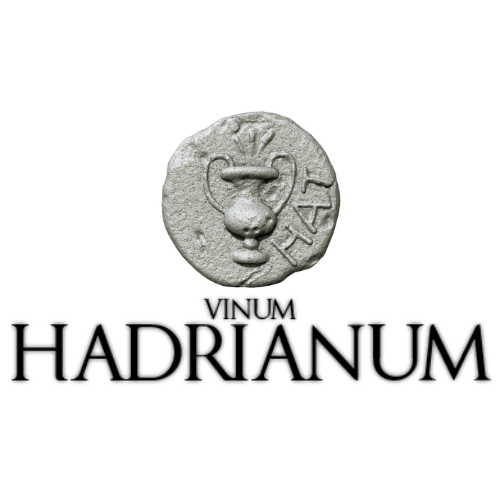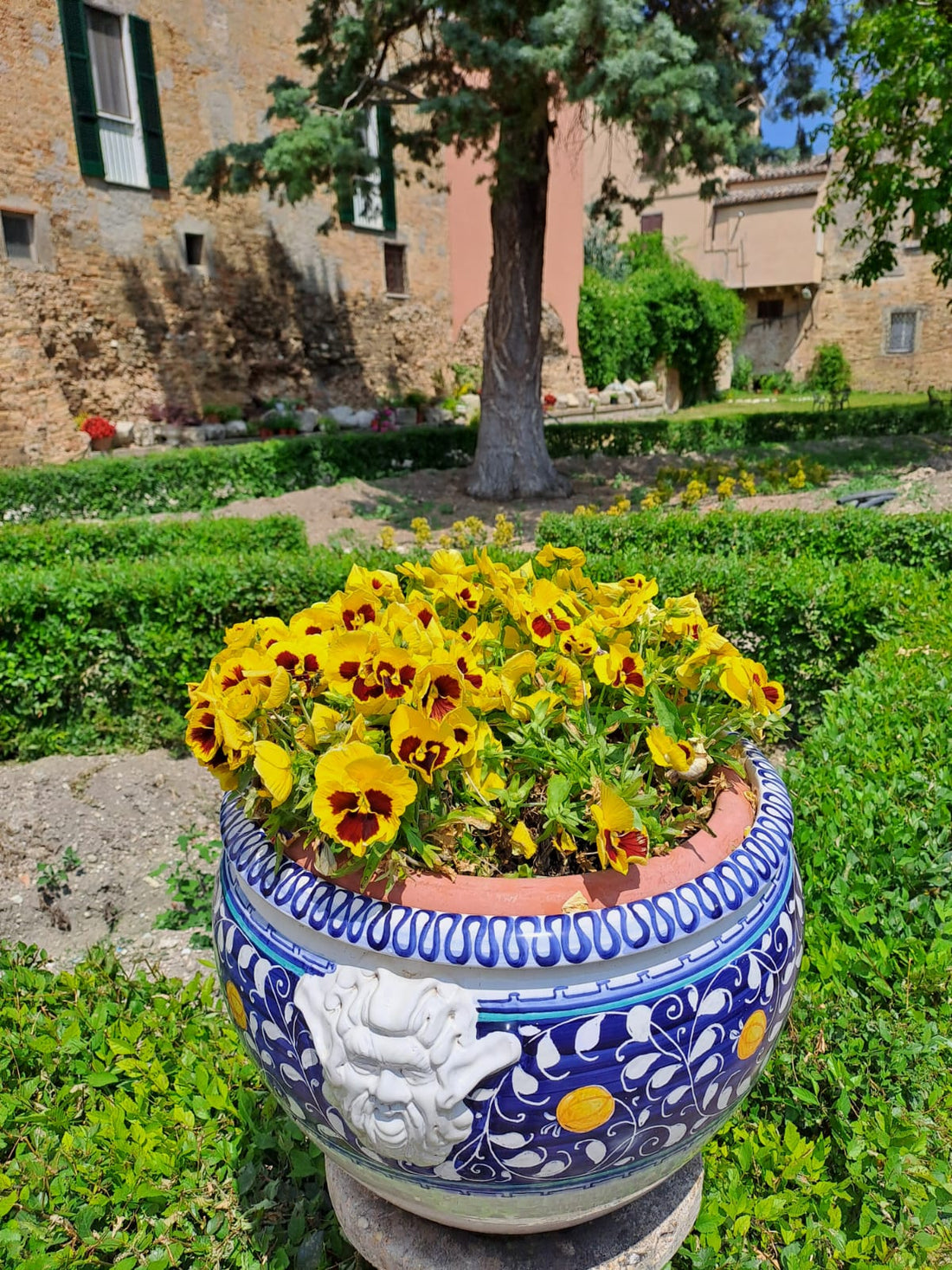In Atri rises a place that smells of history and beauty: the Ducal Garden Nicola and Luigi Sorricchio. Today, Hadrianum Srl owns it and has chosen for it a name that looks to the future: Garden of the Renaissance.
This is not a simple garden; it is a silent theater of ancient memories, where heroic deeds and tragic moments intertwine. In this place, one breathes the echo of knights and nobility, of sumptuous ceremonies, and above all, of the profound passion for horses that, over the centuries, has forged its identity.
After the end of the Acquaviva dynasty, the garden passed to the Sorricchio family, which has always been linked to the ancient dukes. And today, the city of Atri pays homage to two great historians, Nicola and Luigi Sorricchio, who have preserved and handed down the memory of these places.
The garden, today, is a refined example of Italian art. It is owed to the vision of Lucio Nespoli, a master glassmaker and profound connoisseur of Atri. The vegetation, lush and colorful, is skillfully cared for by the nurseryman Carlo de Lauretis. But behind its apparent simplicity lies a complex management, challenged daily by the changing play of shadows and the winter frost.
Let's try to imagine it in its Renaissance splendor: gushing fountains, fragrant flowerbeds, perfectly manicured paths. A green oasis, where the scent of flowers mingled with the gentle sound of water. It is not difficult to think that members of the greatest Italian families walked (and conducted business) among these paths: the Gonzaga, the Orsini, the Piccolomini, the Strozzi, the Savoy… all attracted by the magnificence of the Acquaviva.
It was a powerful lineage. It gave the Church influential cardinals and even a general of the Society of Jesus: Claudio Acquaviva, right-hand man of Saint Ignatius of Loyola. And it was always the Acquaviva family that led heroic enterprises: Giulio Antonio and Andrea Matteo liberated Otranto from the Ottomans, even though Giulio Antonio lost his life. Giovan Girolamo I, on the other hand, drove the invaders out of Pescara, saving the city.
This garden was the beating heart of equestrian excellence. The "Maranello of the Renaissance," we could say. The best horses of the Kingdom were bred here. Noble breeds such as the Murgese, the pride of Puglia, and the Lipizzaner, famous in Austria, were bred here. The Giulianova race, created to celebrate these magnificent creatures, is a vivid testament to this.
But there's more. Hadrianum's project also wants to strengthen another historical link: that with the art of ceramics from Castelli in the province of Teramo, which has always been close to the history of Atri and the Acquaviva. The garden will be enriched with precious majolica, a testament to the mastery of the ancient workshops and the illustrious families of Castelli, such as the Grue, who often chose Atri as their home.
Finally, busts and fountains embellished with sculptures in fine white marble of Carrara, in the bright marble of Guangxi and in the elegant marble of Fangshan, work of valiant international artists and craftsmen, will honor the memory of the most illustrious personalities who have made this great territory, with particular regard to the prominent figures of the Acquaviva family.This is why Hadrianum chose the name "Garden of the Renaissance": to evoke a new life, but also to reaffirm its original vocation. Not just an equestrian center, but a true "stable of the future." A place where history inspires new ideas, where tradition becomes a vision of the future.
Because this garden is not just land and flowers. It is a symbol. A meeting point between history, art, nature, and passion. A place of great prestige where the past continues to speak, with a clear, strong voice, capable of inspiring ambitious projects and guiding us towards a future rich in beauty, innovation, and growth for the entire territory.




Audio


